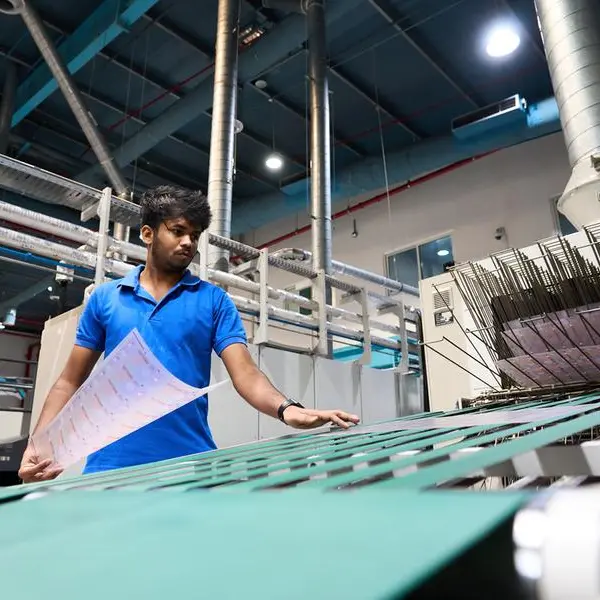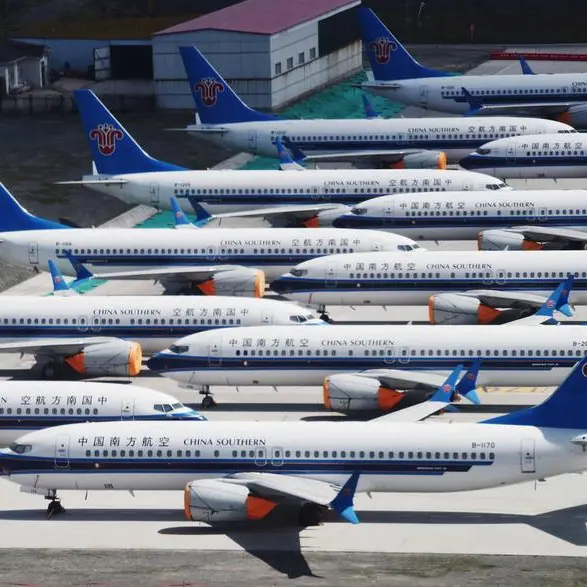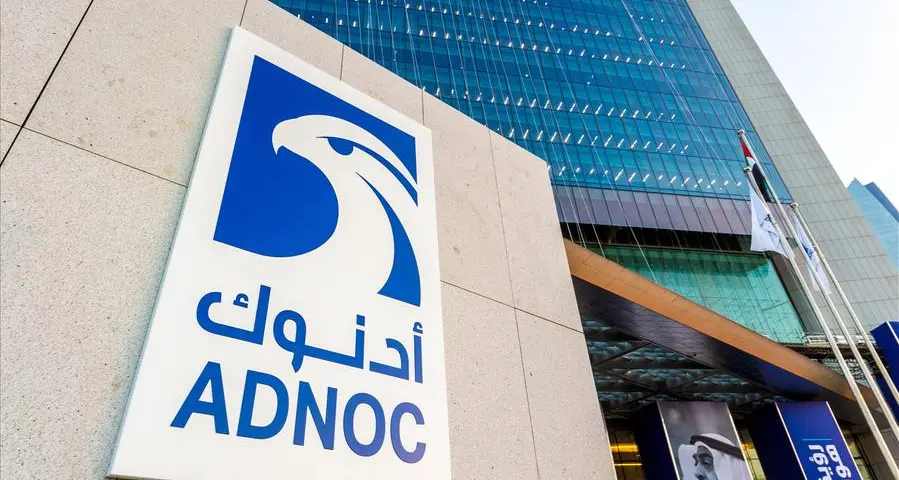PHOTO
The recent COP26 climate talks in Glasgow, Scotland, would have been very different had there been no wireless communications to keep the phones and laptops of 100,000 delegates and visitors connected, or to allow broadcasters to inform millions more of progress via TV news satellites and streaming video.
Such systems, networks and devices cant function without semiconductors, whose manufacturing processes are less than optimal from an environmental perspective. Advanced logic chip making is a months-long process that requires huge amounts of power and water.
In 2015, Intel used 9 billion gallons of water in its chipmaking facilities. However, it now removes harmful chemicals from about 80 percent of the water it uses and is seeking to take that beyond 100 percent by 2030.
Taiwan Semiconductor Manufacturing Corp., the biggest contract chipmaker, consumes 4.8 percent of the islands electricity, according to Greenpeace, more than the capital, Taipei. Consumption may hit 7.2 percent once latest-generation 3 nanometer fabrication plants, or fabs, come online next year, the environmental group estimates. While TSMC has said it plans to raise renewable energy to 25 percent of its total electricity use by 2030, its disappointing that it hasnt committed to becoming carbon neutral until 2050.
By these measures, semiconductor fabs, and by extension the myriad companies that use chips in their products and services, have an environmental impact problem, although theyre not blind to the issue and are taking steps to address it.
But the flipside of the equation shows that the environmental, social and governance calculus is much more complex than a simple audit of energy and water use.
Video conferencing means people are taking fewer business flights, which shows the power of semiconductors to help reduce emissions in many end markets. Chips enable advances such as variable speed heating and air-conditioning systems; electric vehicles; LED lighting; renewable energy production, transmission and storage; robotic factories; sensors and remote monitoring, advanced mobile telecommunications, and artificial intelligence the list goes on all of which increase efficiency and help the global economy consume fewer resources than it otherwise might without the aid of technology.
So while on the one hand the carbon footprint of semiconductor fabrication is less than optimal, the all-in environmental impact is more positive, as further illustrated by improving power efficiency in data centers. While servers analyzed six times more data in 2020 than in 2010, power consumption rose just 6 percent in that period as hardware efficiency improvements slashed the amount of energy needed to store 1 Tb of data by 8/9th compared with 2010.
Another example of complicated ESG math is defense, a sector generally shunned by impact investors.
In the 1983 movie War Games, Matthew Brodericks character prevents a supercomputer from launching a nuclear attack by telling the machine to play tic tac toe against itself. After learning that stalemate is the only possible outcome, the computer concludes that an attack would ensure both sides are obliterated.
This is the ultimate win in game theory to avoid war, which is only possible if each side has broadly symmetric capability. But we risk losing that all-important parity if any country or region gains an asymmetric advantage, perhaps gained from more advanced Information Age tech-focused contractors, while others rely on a Industrial Age contractor base that is focused on cost savings and outsourcing.
As long as technology is advancing and humans have reasons to disagree, failing to invest enough to keep all sides on an equal footing could be devastating.
Were also currently seeing an unforeseen consequence, in the form of inflation, resulting from diminished investment in fossil fuels.
The strength of the post-pandemic recovery means we have had to lean heavily on fossil fuels. Natural gas prices have surged to records in Europe and Asia on higher consumption, gasoline sales have rebounded even as the popularity of electric vehicles rises, and greater use of coal-burning power stations has seen the cost exceed $200 a ton.
Clearly, we cant make the transition to cleaner, renewable sources of power at the flick of a switch (pun intended). To succeed over the long term, we need to balance the allocation of necessary resources to maintain the fossil-fuel economy while also aggressively investing in alternative energy and technology to upgrade the power infrastructure.
What these examples show is that ESG investment calculations are far from simple.
At NZS, our investment decisions are driven by a belief that companies have a fiduciary duty not just to investors, but to customers, employees, society, and the environment. Companies whose core business model is to offer a better deal than the establishment stand a much better chance of surviving and thriving, because when two or more parties come together to transact, the optimal outcome is that everyone leaves better off than if they hadnt taken part the classic win-win.
Investing in companies that create more value for constituents than they take for themselves is never black and white, and never comes down to a score, a grade, or a checklist. Its hard, and sometimes you have to accept some bad with the good, because you believe the good outweighs the bad over the long term.
Every company and investor can and should strive for better ESG outcomes. While looking at the example of semiconductors holistically demonstrates that chips enable energy efficiency across the economy, those chip manufacturers also need to commit to much shorter timelines to clean up their own manufacturing process.
Brad Slingerlend is co-founder and an investor at Denver-based NZS.
Copyright: Arab News 2021 All rights reserved. Provided by SyndiGate Media Inc. (Syndigate.info).












